Puerto Rican music superstar Bad Bunny has been officially announced as the headlining act for the Super Bowl LX halftime show, slated for February 8, 2026, at Levi’s Stadium in Santa Clara, California. The announcement comes as Little more than recognition of his global popularity, but also as a powerful cultural moment for Latin music and representation.
A Momentous Announcement
The NFL revealed the news during the broadcast of a Sunday Night Football game, joining forces with Apple Music and the influential cultural group Roc Nation to produce what is expected to be a landmark halftime performance. The production will be overseen by DPS, with Roc Nation and Jesse Collins serving as executive producers.
Bad Bunny, whose legal name is Benito Antonio Martínez Ocasio, expressed deep emotion about the honor. He described the show as something beyond personal achievement — a tribute to his family, Puerto Rico, and the generations before him who paved the way. “It’s for those who came before me and ran countless yards so I could come in and score a touchdown,” he said, underscoring that the moment is not just about him, but about collective cultural identity.
Why This Matters
- Cultural Significance: Bad Bunny will be one of the few Latin artists to headline the Super Bowl halftime show on his own. It represents a further shift toward more diverse voices on one of the most visible stages in entertainment. For many fans, it’s a moment to see Latin language, styles, and heritage treated as central, not supplemental.
- Only U.S. Performance for Now: Interestingly, this performance is expected to stand alone in mainland United States for Bad Bunny in the near term. He had previously opted not to include U.S. tour dates for his “Debí Tirar Más Fotos” world tour, citing concerns about immigration enforcement and other issues. Yet the Super Bowl stage offers him a platform of unmatched visibility.
- Strategic Partnerships: Apple Music’s role as presenting sponsor continues its growing involvement in Super Bowl halftime shows. Roc Nation’s ongoing partnership with the NFL ensures that these shows remain not just concerts, but moments that reflect broader social and cultural currents.
What to Expect
While specific details of the show’s design, guest performers, or set list have not yet been revealed, several things are likely based on Bad Bunny’s past performances and the scale of Super Bowl productions:
- A blend of high energy reggaeton, trap, Latin pop, and experimental moments.
- Visual spectacle including dynamic staging, lighting, and possibly immersive multimedia elements.
- Storytelling through music: Expect references to Puerto Rican culture, linguistic expression, and themes of identity and pride.
- Possibly a mix of Spanish and English, appealing to both global fans and U.S. audiences.
Reactions Already Coming In
Social media has lit up in response to the announcement. Many fans are celebrating the decision as overdue recognition for one of Latin music’s most influential artists. There’s appreciation both for Bad Bunny’s achievements and for what his appearance represents: visibility for Latinx communities, Spanish speakers, and artists who consistently buck mainstream expectations while staying true to their roots.
At the same time, some are debating his decision to skip U.S. tour dates earlier this year but accept the Super Bowl role. Others are speculating about guest appearances, since halftime shows in recent years have often included surprise set-ups or collaborations.
Final Thoughts
The announcement of Bad Bunny as headliner for Super Bowl LX is more than just entertainment news. It’s a cultural statement: about who gets to hold center stage, what stories are celebrated, and how music can speak far beyond notes and rhythms. For Bad Bunny, it’s a chance to honor his heritage. For the Super Bowl, it’s a move that reflects changing demographics, evolving musical tastes, and the growing importance of Latin culture in global pop life.
This halftime show could very well be remembered as one of the more meaningful chapters in the event’s history — not just a spectacle, but a moment of pride and representation for many.

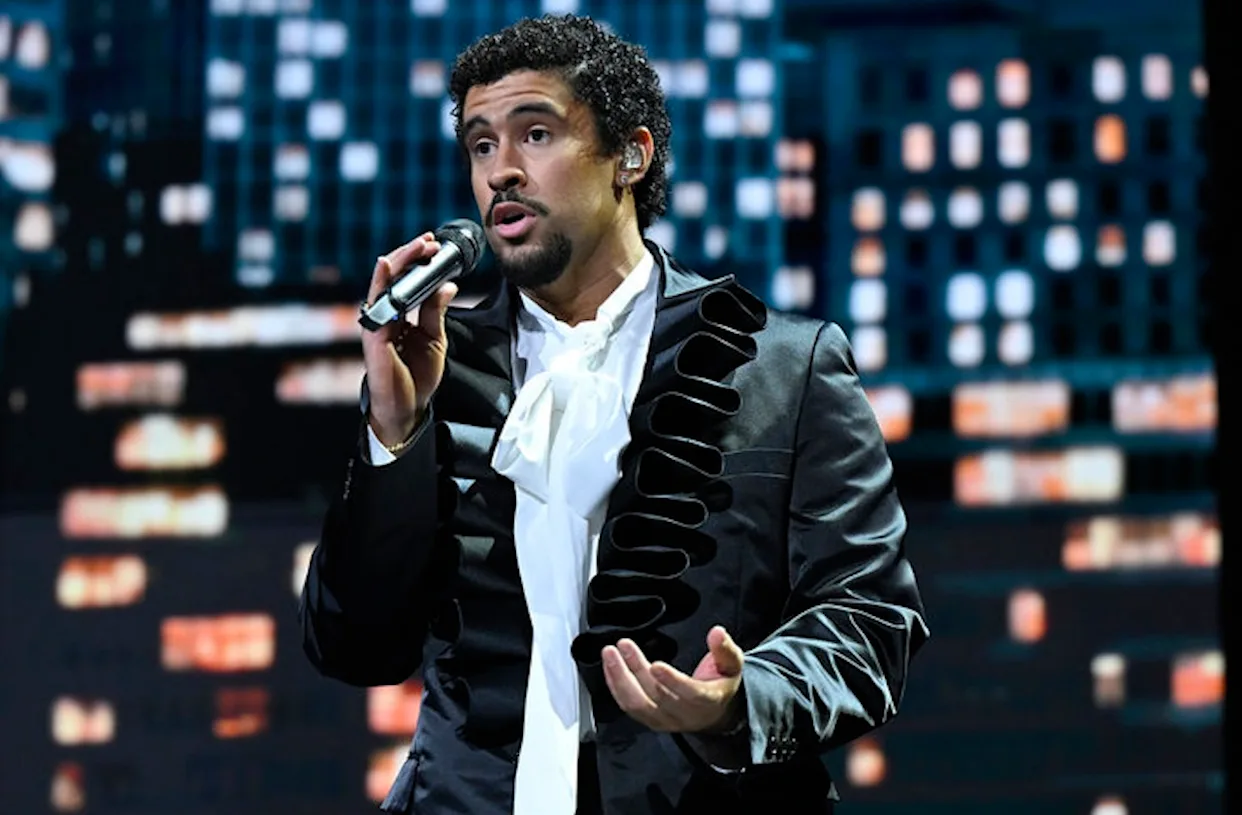
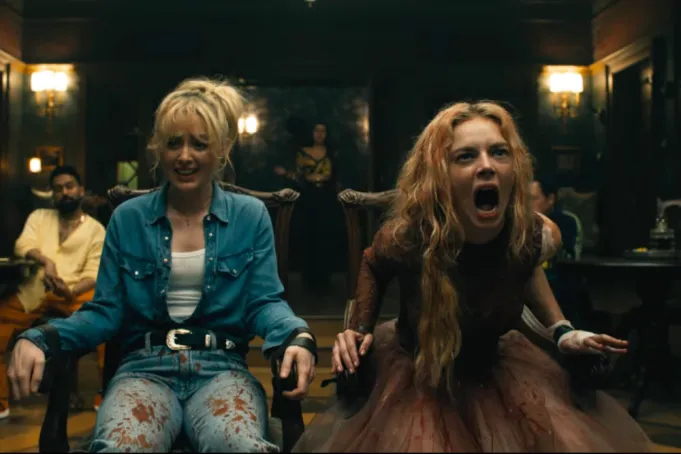
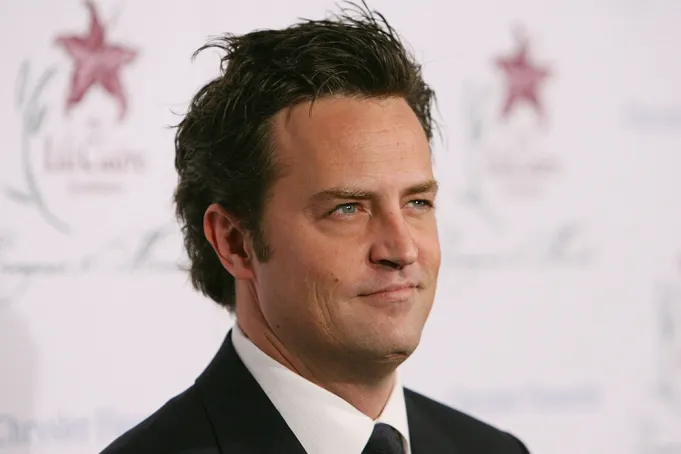
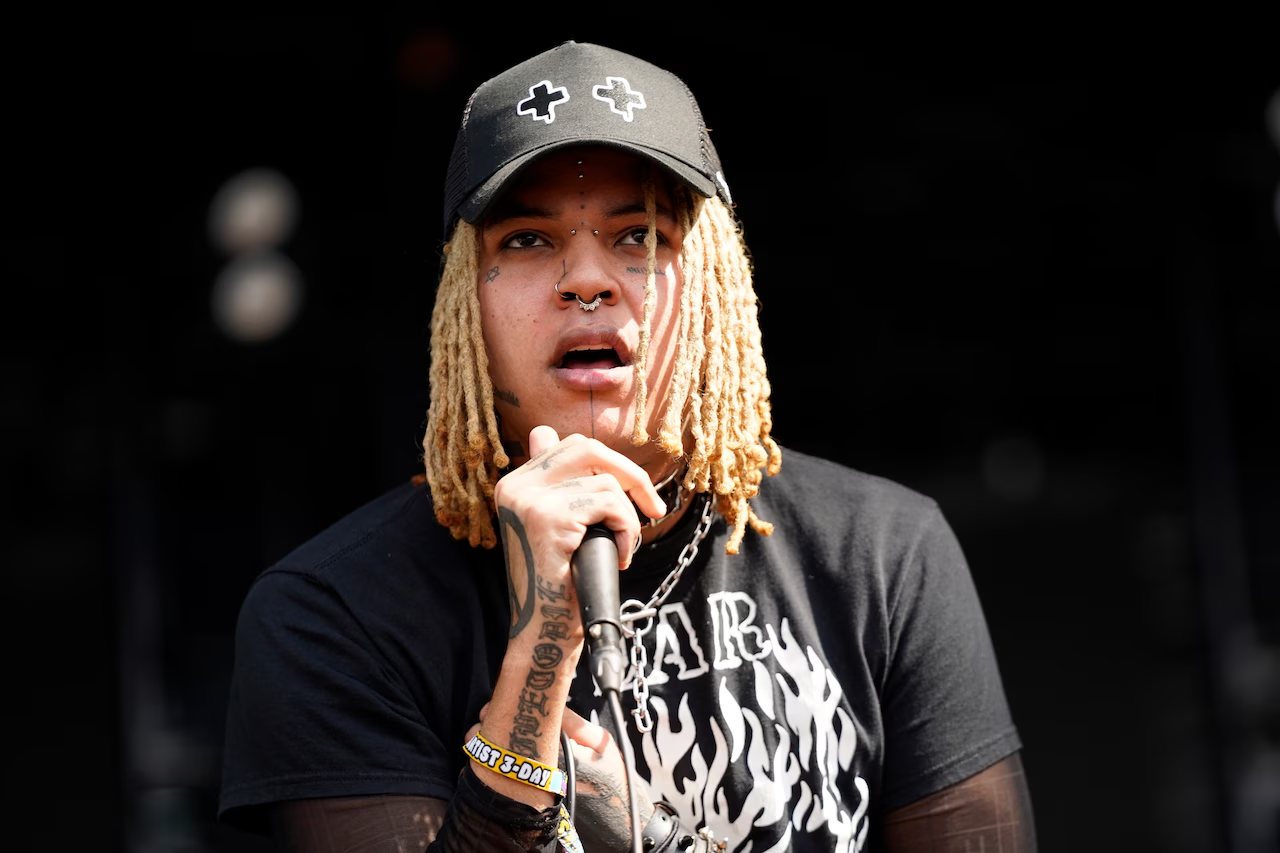

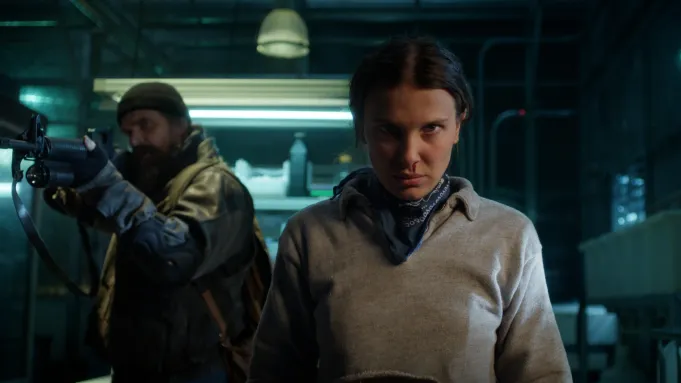
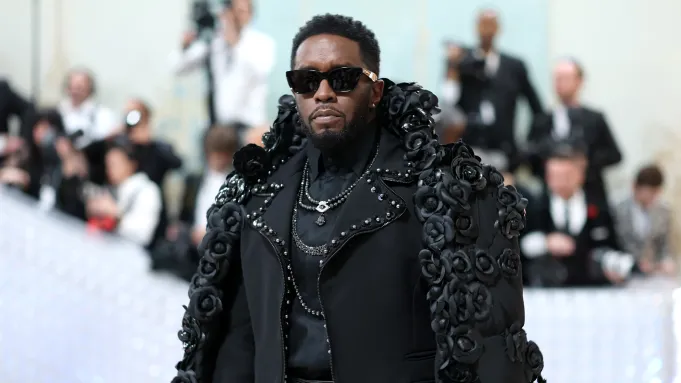
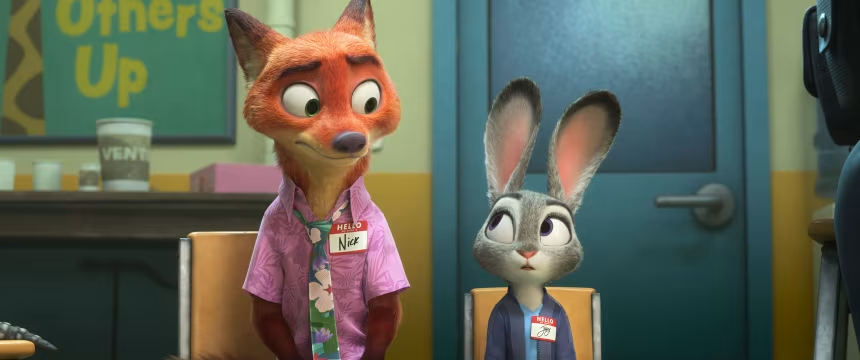
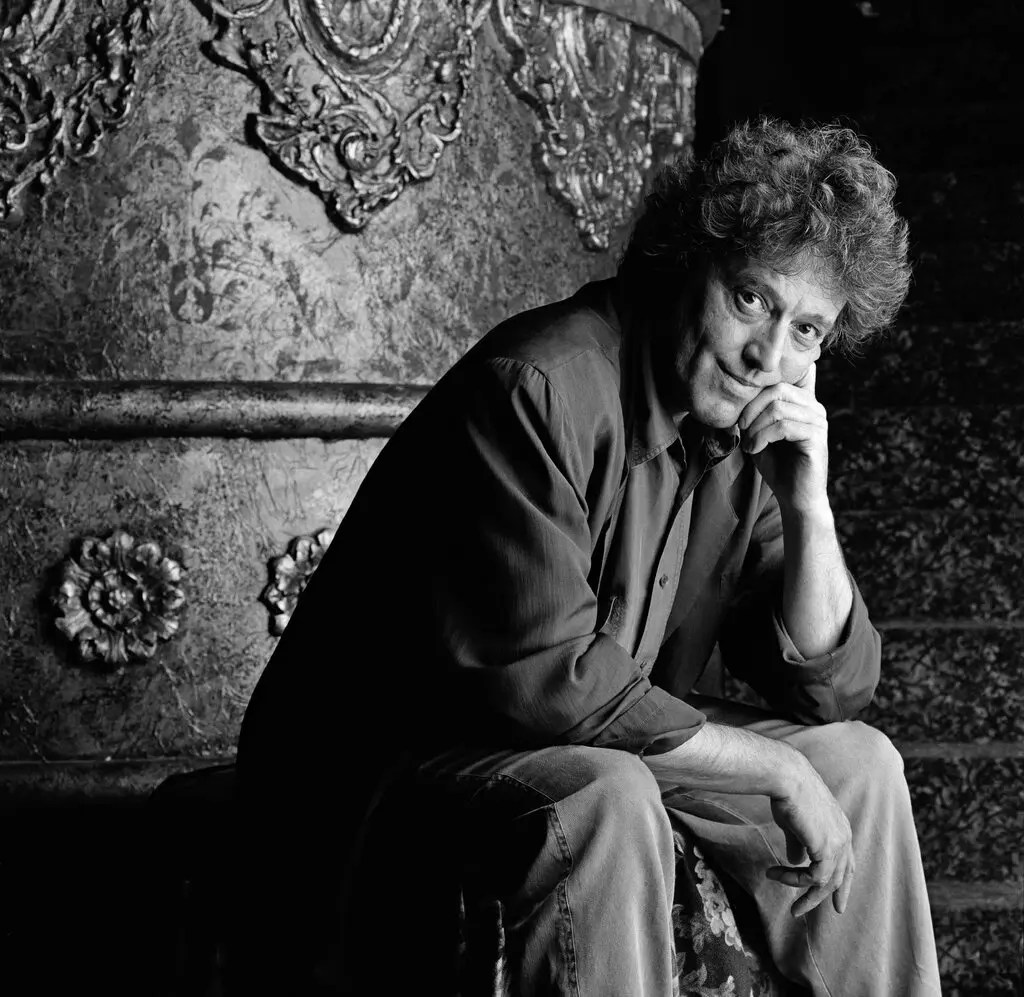

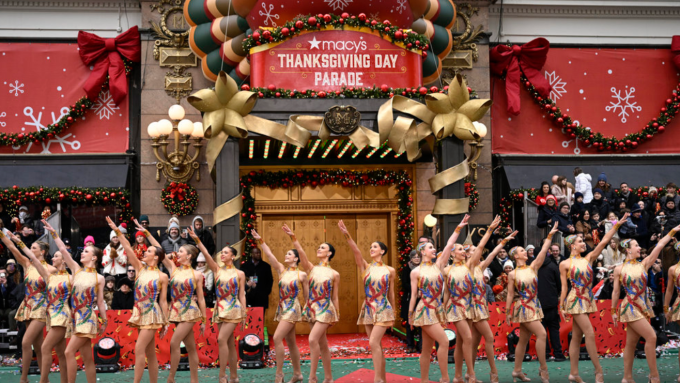

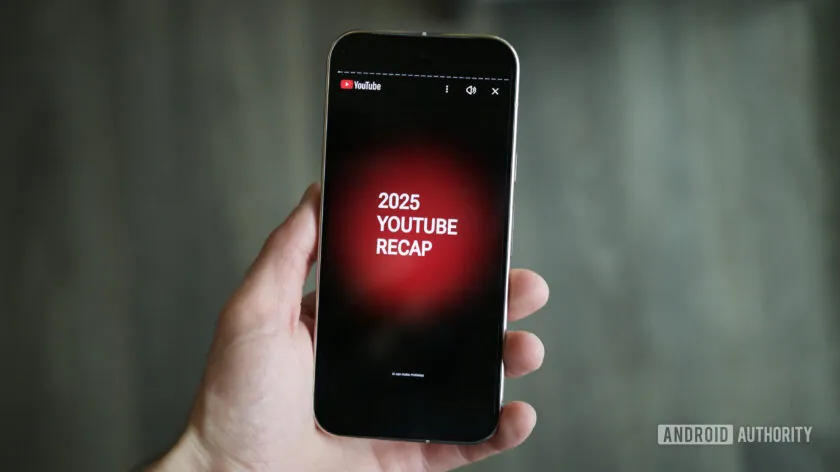
Leave a Reply